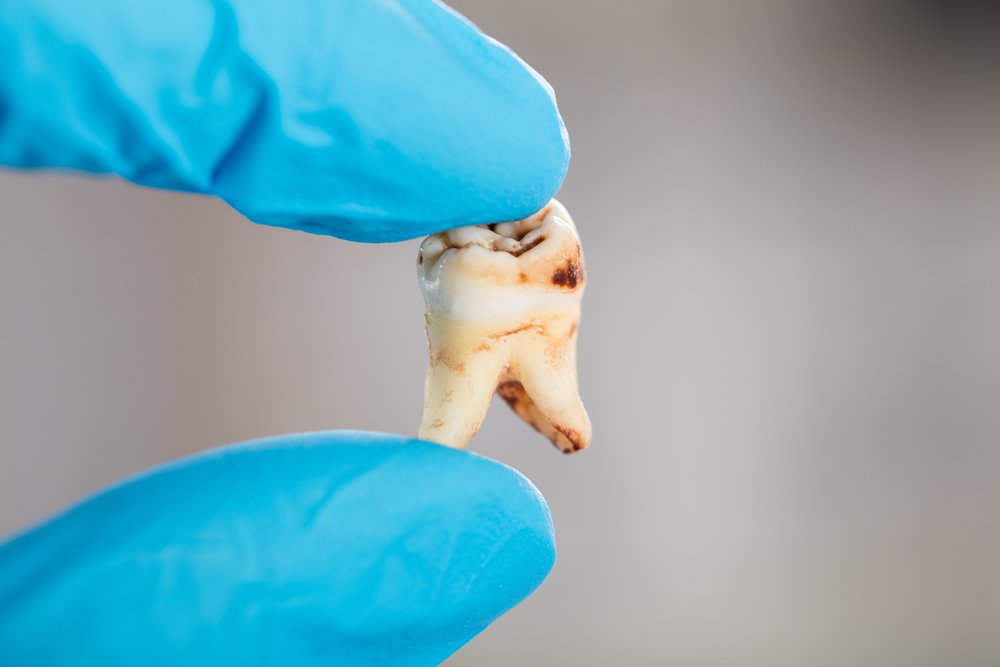Tooth Decay or Cavities: A Dentist's Guide
To the average person, both tooth decay and Cavities fall under the indeterminate category of oral problems. In an orthodontic sense however, it is important the two are differentiated well enough.
What is Tooth Decay? What is Cavities? How should a patient get either of them treated? What aftercare should they follow through with?
This article answers all such questions.
Tooth Decay- Definition
Tooth Decay is the term used to refer to the eating away of the tooth by the acid produced by leftover germs.
Over the years, bad dental hygiene might result in the accumulation of a clear substance called plaque in our teeth. This plaque contains bacteria that feeds on the sugar in our teeth. While it is there, the bacteria produces acid that corrodes our teeth.
Symptoms of Tooth Decay
As the tooth decay destroys our enamel, there are several telltale signs it leaves.
Sensitivity to hot or cold food
Toothache
White/black spots on tooth
Bad breath
Difficulty to bite/chew certain foods
Abscesses on teeth causing pain and swelling
Food particles frequently getting stuck on teeth
How to Treat Tooth Decay?
The procedures followed to treat tooth decay are the same ones applied to prevent it.
Fluoride Gel or varnish is applied on the teeth to boost remineralization. Remineralization helps the teeth to repair corrosion caused by tooth decay.
Sometimes antiseptic gel or varnish is applied to reduce the level of decay causing bacteria in the mouth.
Liquid composite sealants are used to create a physical barrier between the teeth and bacteria. No contact means less demineralization.
What is Cavities?
A cavity is a type of tooth decay that occurs when a hole forms in the tooth. This happens when the decay has reached the inner layers of the tooth. As most cavities start small, they do not cause much pain and thus can remain undetected.
Symptoms of Cavities
Based on symptoms alone, it might be difficult to evaluate if tooth decay has progressed to cavities. Symptoms include -
Toothache
White or black staining of teeth
Visible hole on tooth
Sensitivity
How to Treat Cavities?
Usually when cavities have already formed in the teeth, they are irreversible. Orthodontic dentists have several treatment options available.
Fillings are a good way to go about. Here the hole in the tooth is drilled to remove any decay. The hole is then shaped to fit the filling made of dental amalgam or composite.
For larger cavities, a crown might be a better option. To place a crown, the dentist first removes the outer part of the tooth along with the decay. Then an artificial crown is placed temporarily. An impression of the real tooth is taken for a permanent crown. After the permanent crown is ready, it is fitted over the previously decayed tooth.
In advanced cases, a root canal is undertaken. When the pulp of the tooth is damaged, it is extracted. After which the root canal inside the tooth is cleaned and shaped. Sometimes dentists also apply antibacterial medicine to rid the tooth of any germs. The tooth is then filled with a rubber like substance and a crown is placed on it. In some cases a filling might suffice as well.
In the most severe cases, an extraction is done to eliminate the damaged tooth. Tooth extraction comes with a post-extraction regime that dentists make mandatory for patients to follow.
What to Do in Case You Suspect Tooth Decay or Cavities?
The best thing for you to do will be reaching out to an orthodontic dentist. -- Oklahoma City offers excellent service to their patients. They ensure their treatments are administered with utmost care and precision. Bringing world class treatment right to your doorstep in Oklahoma, clients confirm --'s trustable service. Visit TMJ & Sleep Therapy Center right away to understand your treatment plan.
**Disclaimer: The information on this page is not intended to be a doctor's advice, nor does it create any form of patient-doctor relationship.

